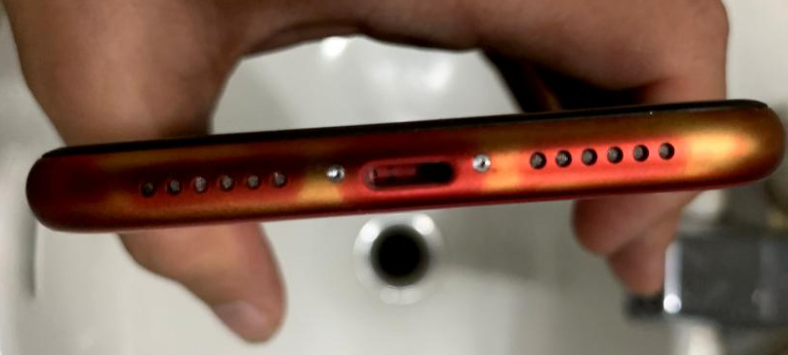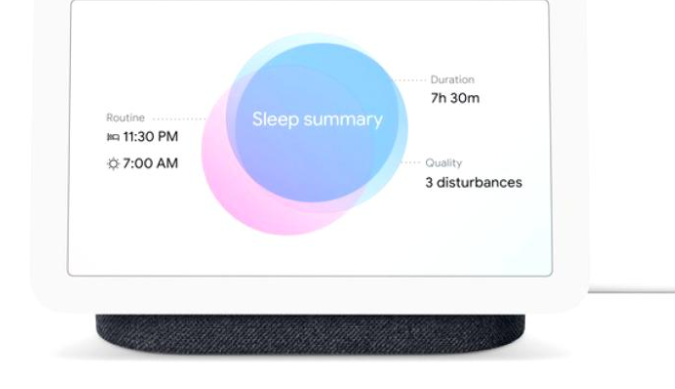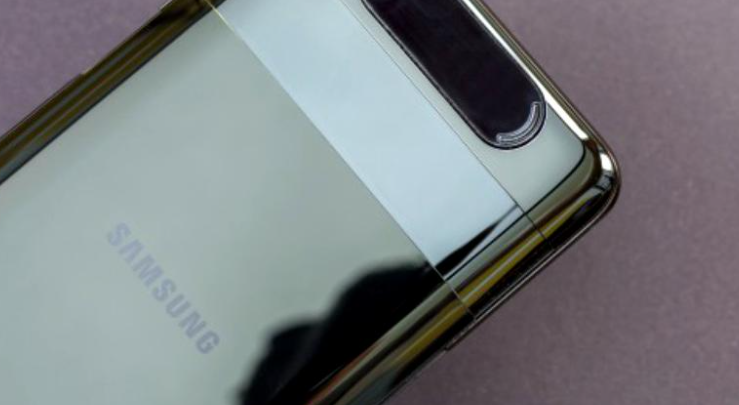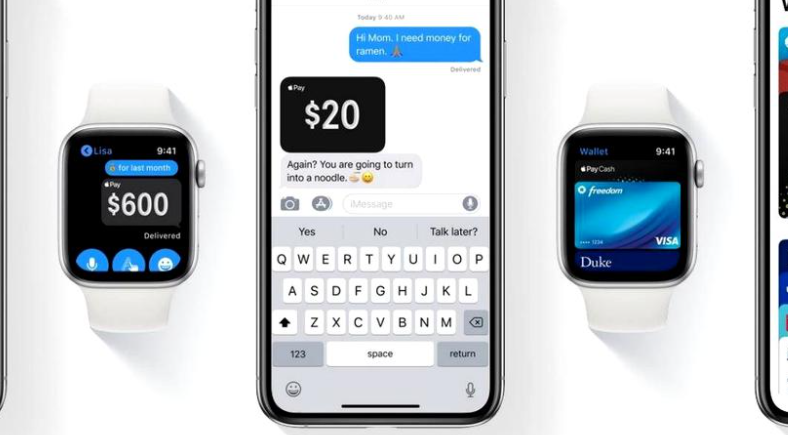
A phone “virus” could be the solution to better study the spread of viruses. The universities of Queensland and Melbourne, in collaboration with MIT, have developed a virtual virus, which is transmitted via Bluetooth between devices. It does not affect their functioning, but wants to simulate the spread of a virus in society, with properties similar to those of COVID-19.
The phone virus spreads and mutates just like the COVID-19 virus
It is a virus that can only spread when the “host” is in the vicinity of other Bluetooth devices. The virus can also go away on its own after a period of time, so the effects of isolation can be studied along with those of spread and speed of spread.
Thus, if you have an “infected” device and stay in isolation, it could “heal” on its own, without being able to transmit the virus to others.
Researchers at the three institutions have published a scientific paper in the Patterns Journal that explains how this virus, Safe Blues, works and how it could help research epidemics and pandemics in the future. It has viral parameters such as incubation times, infection levels, can mutate from one device to another and has an “expiration” time.
Only when the phones are in close proximity can it be transmitted, but not all transmissions that take place are from the same strain. The advantage of such software compared to real studies on people infected with COVID is that you can find out exactly the number of infections at any time and you can monitor them in real time. In the case of people, it is much more difficult to identify contacts.
The researchers also developed an Android application for tests on campus to first test this “virtual virus”. The main purpose of this software is to provide data for machine learning algorithms, in order to have a clearer picture of the spread of COVID-19.





